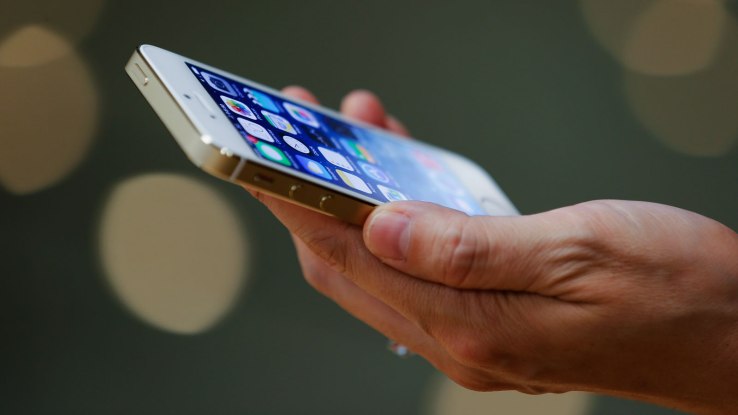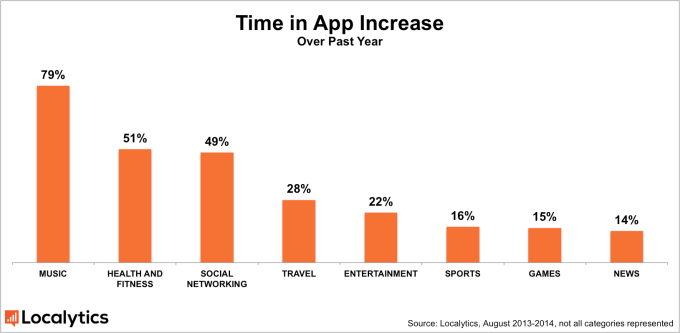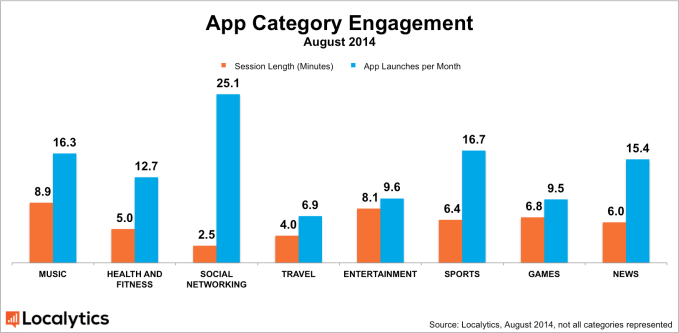85% of Small Businesses Get Customers Through Word of Mouth:
'via Blog this'
Verizon, in conjunction with Small Business Trends, conducted a survey of Philadelphia small business owners in May of 2014. One of the questions was:
How do your customers find out about your business?
The answer was telling – and not because it was a surprise. It was telling because it is almost exactly in alignment with a survey we conducted online here at Small Business Trends almost a decade ago.
By far the most common way customers learn about a business is from word of mouth, according to the small businesses in the survey. Eighty-five percent of the small businesses surveyed said customers learn about them through word of mouth. The chart above shows all the responses. As you can see, no other type of marketing or advertising even comes close. Search engines come in a distant second at 59%. Everything else is far behind.
Back in 2005 in our survey, 83% said that referrals (i.e., word of mouth from existing customers) were the number one way of getting customers. The results were very consistent.
In one sense it’s striking that the method that is (a) most personal, and (b) costs the least in out-of-pocket expenditures, is the top method of attracting new customers. After all, you’d expect that by throwing money at the problem via expensive advertising, and through methods that scale to reach many, you’d get greater results. At least… that’s what you might think.
But in another sense, it’s completely predictable that word of mouth is the number one method of attracting new customers. We small businesses are all about the personalized approach. With small businesses, it’s not about casting a wide net, but rather about connecting with a select number of customers, enlisting their trust and loyalty, and having that positive impression spill over among their circle of friends and colleagues.
That said, what does it suggest about steps you should be taking to increase and leverage word of mouth? Here are four items for your To-Do list to increase word of mouth:
1. Check your business in Google and Bing at least once a month.
Even if search engines weren’t the #2 way customers have of learning about a small business, keep in mind that word of mouth spreads online as well as offline today. Your customers are online today. Even if you run a local brick-and-mortar business, chances are they check you out online. In other words, word-of-mouth today goes well beyond Mary Smith talking during exercise classes to a friend about your new restaurant.
If there is something negative online, it’s not a question of burying your head in the sand. You need to be aware, so you can fix it.
Make no mistake, you can fix many negative impressions, such as customer complaints or negative reviews. But first you have to know about them — and not be blindsided or ignore them because they’re too painful to confront.
2. Conduct a regular customer survey to learn what your customers REALLY think.
The
Net Promoter system is right on point here. The Net Promoter scoring system asks on a scale of one to ten, “How likely is it that you’d recommend us to your friends and colleagues?” The ones who are very positive are called Promoters. The ones who are negative are called Detractors. Net them out, and you have a Net Promoter score.
Today, with online survey tools (some of which are integrated with the software that manages your house email list), it’s not hard to discover and keep track of your Net Promoter score. Increasing your Net Promoter score gives you something for your team to rally around and set improvement goals. So by all means, start measuring and analyzing. Discover what is making Detractors out of some, and Promoters out of others.
Not only do you want to eradicate what’s turning people into Detractors, but more importantly you want to understand what your customers value so much that they are wildly enthusiastic about your business. When you figure out what turns customers into raving fans, then you know what to do to get more of them talking about you, more often.
3. Communicate and reinforce to employees the value of raving fans.
You might think it’s obvious to your employees that they should be trying to make customers ecstatic. But I’ve been in business long enough to know that employees take their cue from the top. If you spend a lot of time focusing on solving negative complaints, you may be inadvertently sending signals that customer service only matters when there’s a complaint.
Instead, you should be sending signals to get ahead of the curve. Customer service matters BEFORE someone gets upset, when you have the opportunity to turn someone into that raving fan of your company.
Spend some time explaining to employees where most new customers come from and how valuable it is to have existing customers who love your company. Don’t assume that your employees actually pick up on that. Show your appreciation publicly when they go “above and beyond” to delight customers.
I used to think it was corny when companies had mission statements that said “we delight our customers.” I would think, ‘Everyone knows that you should be delighting customers!’
But then I realized that everyone doesn’t necessarily believe that — unless you talk the talk and walk the walk. The reality is, your employees at all levels need to hear the message repeatedly. They need to believe that YOU believe it.
4. Create easy ways for customers to share word of mouth.
This is where traditional marketing and advertising can support and amplify customer word-of-mouth.
Consciously develop initiatives that get happy customers talking. Make it easy for them to share their positive impressions. Also, make it easy for existing customers to refer their friends, family and colleagues. Some tactics that can help are:
- Specifically ask for referrals. Many customers are willing to give referrals — but they are busy. You have to nudge them, without irritating them. This could be done in a phone call saying, “Glad you’re happy. Feel free to refer any colleagues to us – we’ll take good care of them.” Or send a followup letter or email with a thank you and gentle nudge.
- Suggest easy ways to leave testimonials. Be prepared to suggest quick and relatively painless ways to give testimonials. If you are a B2B service provider, then ask people to recommend you on LinkedIn. The process is pretty quick and easy there. Or invite a customer on to a live Google Hangout or Skype call, and video a brief testimonial. Or ask them to leave a brief star review on your Facebook Page or Google+ Page.
- Provide referral cards. Have a preprinted card your customer can leave with a friend. It helps even to leave behind several business cards so they can hand one to a neighbor who may need your landscaping services.
- Offer “refer a friend” links on newsletters. If you deliver a beautiful email newsletter, make it easy for people to share that and at the same time you may gain a new subscriber who eventually may become a customer.
These and other tactics will increase the likelihood of positive word of mouth being spread by your existing customers.
Remember: while word of mouth is something your customers share, it’s not out of your hands. What you do and don’t do, has a huge impact on word of mouth.






